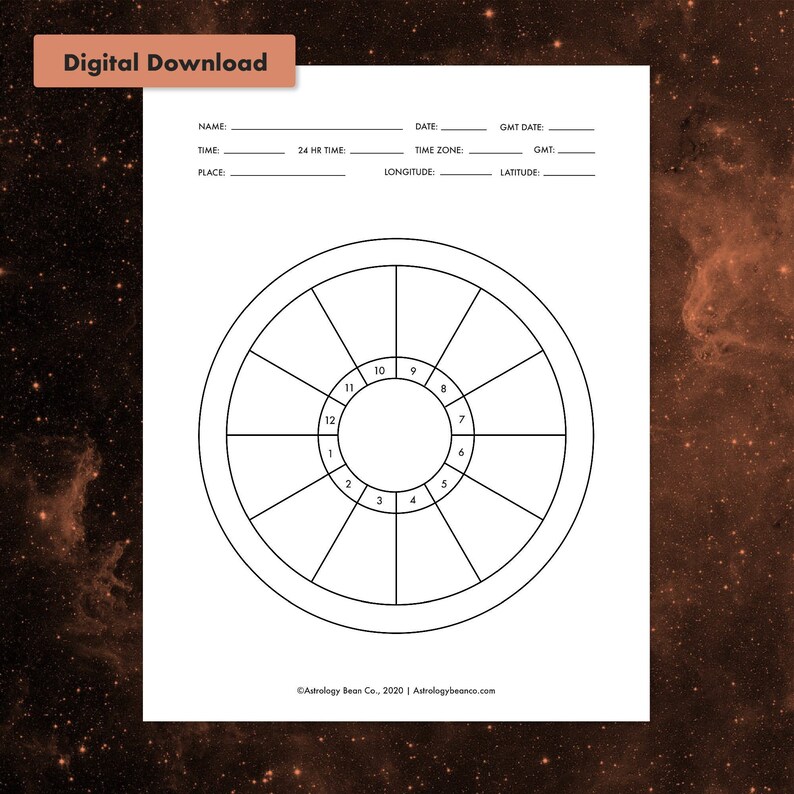

Post term babies are born at 42 weeks and 0 days or later.Late term babies are born between 41 weeks 0 days and 41 weeks 6 days.Full term babies are born between 39 weeks 0 days and 40 weeks 6 days.Early term babies are born between 37 weeks 0 days and 38 weeks 6 days.Based on their review of the research evidence, they broke the 5-week term period into separate groups (Spong, 2013). In 2012, a group of experts came together to define term pregnancy. The chance of a newborn having problems is lowest if he or she is born between 39 weeks and 0 days and 40 weeks and 6 days (Spong, 2013). In particular, newborns are more likely to die (although the overall risk was still very low) if they are born before 39 weeks, or after 41 weeks. Over time, though, research began to show that health problems were more common at certain points during this 5-week “term” period. Anything before that 5-week period was considered “preterm,” and anything after those five weeks was “post-term.”

What does it mean to be “full term?”įor many years, a baby was defined as being born at “term” if it was born between 37 weeks 0 days and 41 weeks 6 days. To read our separate Signature Article all about the Evidence on Inducing for Due Dates (the benefits and risks of elective induction before or after your estimated due date), click here. This Signature Article focuses on the evidence on due dates, including the accuracy of due dates, the risk of stillbirth at different gestational ages, and what risk factors make some people at higher risk for stillbirth. What is an estimated due date, and how is it determined? What are the risks of going past your due date?


 0 kommentar(er)
0 kommentar(er)
